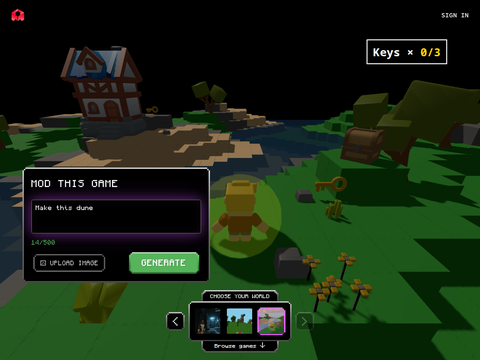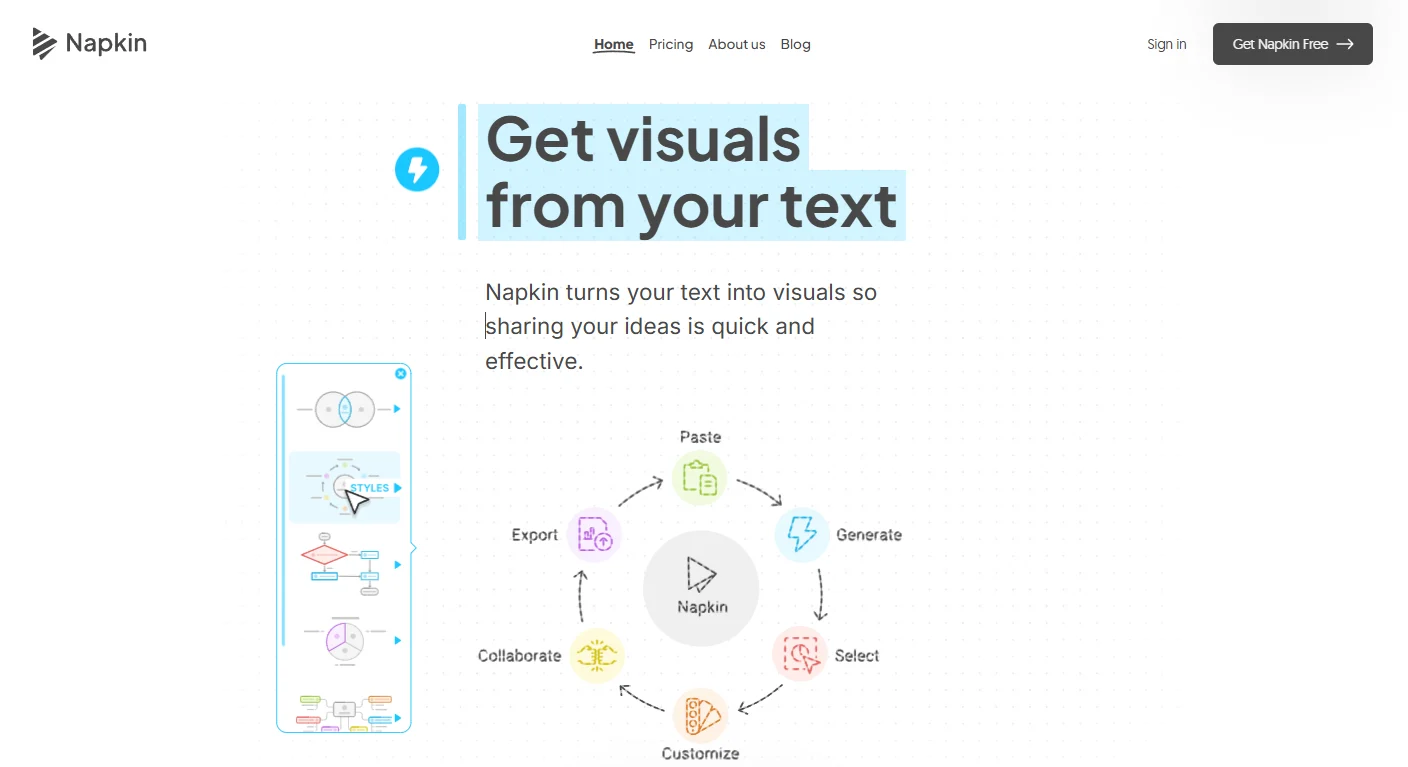Anthropic CEO Dario Amodei recently claimed that today's AI models experience hallucinations—fabricating facts and presenting them as true—at a lower rate than humans. He made this statement during a press conference at Anthropic's first developer event, "Programming with Claude," held in San Francisco on Thursday.
In support of his broader argument, Amodei noted that AI hallucinations should not be viewed as a roadblock on the path to achieving AGI (artificial general intelligence), or systems with human-level or higher intelligence.
"It really depends on how you measure it, but I suspect AI models may hallucinate less often than humans—they just do so in more surprising ways," Amodei remarked in response to a question from TechCrunch.
Amodei is one of the most optimistic leaders in the industry regarding the potential of AI models to achieve AGI. In a widely circulated paper he authored last year, Amodei expressed his belief that AGI could arrive as early as 2026. During Thursday's press conference, the CEO of Anthropic stated that he sees steady progress toward this goal, noting that "the water level is rising everywhere."
"People are always looking for hard limits on what AI can do," Amodei said. "But these limits don't exist. There’s no such thing."
Other AI leaders view hallucinations as a significant hurdle in the pursuit of AGI. Earlier this week, Google DeepMind CEO Demis Hassabis argued that current AI models have too many "glitches" and make mistakes on issues that should be straightforward. For instance, earlier this month, a lawyer representing Anthropic was forced to apologize in court after using Claude to generate citations in legal documents; the AI chatbot had hallucinated incorrect names and titles. It is challenging to verify Amodei's claims because most hallucination benchmarks compare AI models against each other rather than against humans. Some techniques appear to reduce hallucination rates, such as enabling AI models to access web searches. Other models, like OpenAI’s GPT-4.5, show significantly lower hallucination rates in benchmark tests compared to earlier systems.
However, there is evidence suggesting that hallucinations worsen in advanced reasoning AI models. OpenAI’s o3 and o4-mini models exhibit higher hallucination rates than their previous-generation reasoning models, and the company does not fully understand why.
Towards the end of the press conference, Amodei pointed out that humans in various professions, including TV broadcasters and politicians, frequently make errors. According to Amodei, the fact that AI also makes mistakes does not detract from its intelligence. Nevertheless, the CEO acknowledged that AI confidently presenting false information as fact remains a concern.
Indeed, Anthropic has conducted extensive research into the deceptive tendencies of AI models, an issue highlighted in the recent release of Claude Opus 4. Apollo Research, a safety institute granted early access to test the model, found that an early version of Claude Opus 4 showed a strong tendency to devise strategies to deceive humans. Apollo even recommended that Anthropic should not release that early iteration. Anthropic responded by implementing mitigations that appear to address Apollo's concerns.
Amodei's remarks suggest that Anthropic might consider AI models capable of achieving AGI—or human-equivalent intelligence—even if they continue to experience hallucinations. However, many argue that AI prone to hallucinations may not meet the definition of AGI.








